Pantry Placement: How to Find the Sweet Spot for Food Storage
http://decor-ideas.org 11/12/2013 16:50 Decor Ideas
The pantry plays an important role in the kitchen. It provides valuable food storage and helps direct the room's traffic flow. While there is no single perfect place within all kitchens to put a pantry, there is a sweet spot in yours. Finding that location is a matter of determining your specific household needs and working with the space you've got.
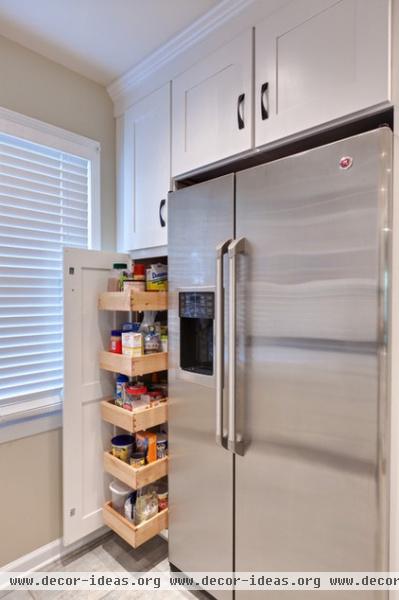
The ideal placement. When drawing up plans for a new or renovated kitchen, most designers try to place a pantry in the handiest location: within steps of the primary kitchen work zones.
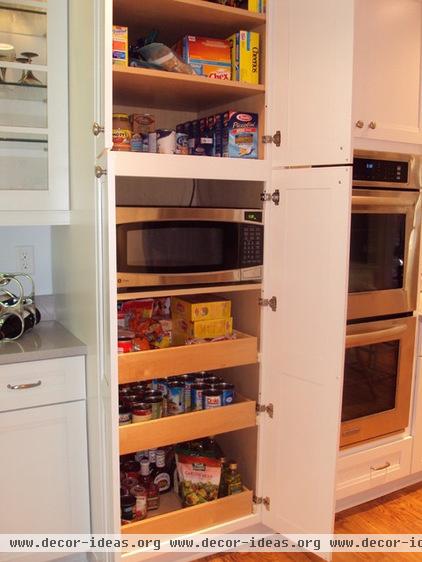
"I call this the chicken test," says architect James Crisp. "If you're making a chicken dish — chicken soup, fried chicken or what have you — you need to be able to wash, cut and prepare it with ease. If you can't, it's miserable. This is how I determine where all the kitchen features, including the pantry, should go."
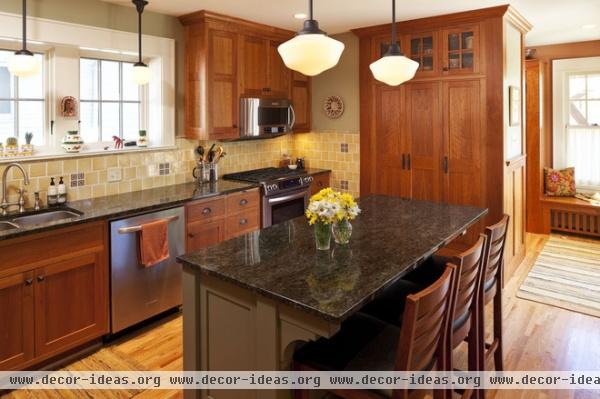
To gauge where your pantry will fit best for the chicken test, first figure out the arrangement of your work zones — particularly the areas around the fridge, sink, oven and cooktop.
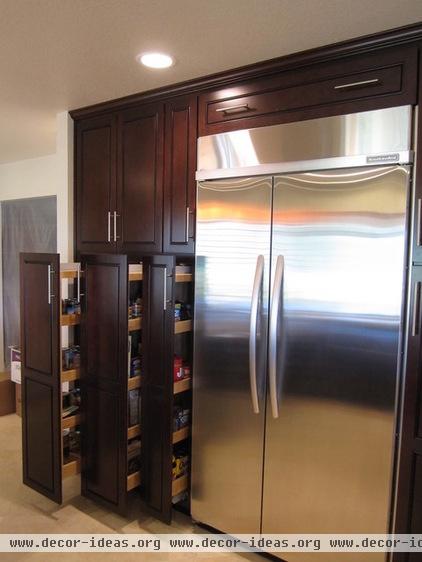
Appliance placement comes first. "The pantry is and should be carved out of resultant space," Crisp says. "This comes after the kitchen's primary layout and flow are determined."
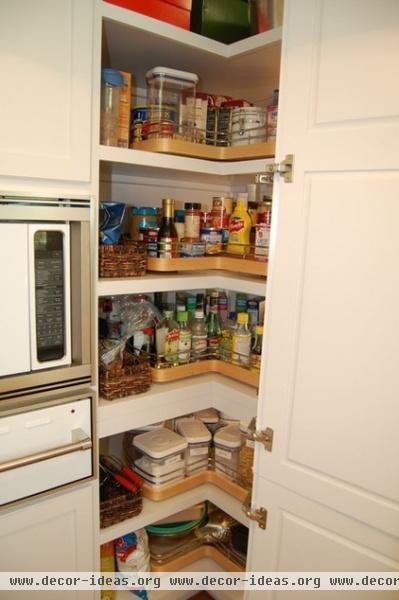
Ideally, there will be plenty of space left over within this work zone for an appropriate-size pantry, even if it means getting creative with nooks, crannies and corner spaces.
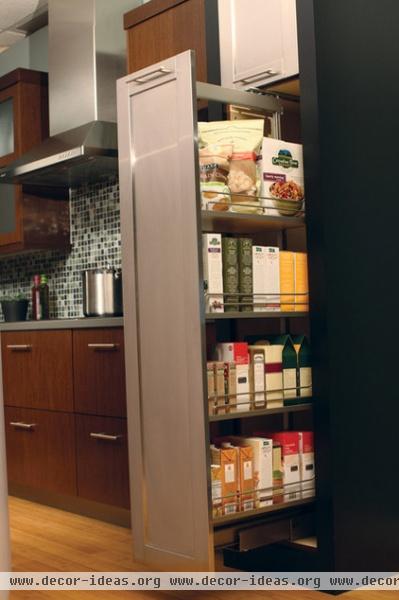
Determining the right size. In a perfect kitchen scenario, your pantry could be as big as you like, but we're all limited by the spaces we have.
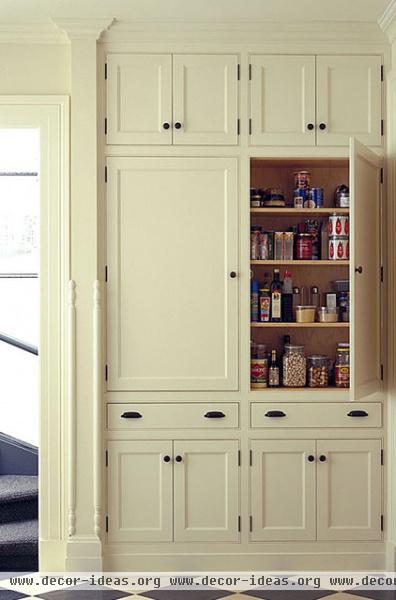
Pantry placement and size often go hand in hand; one usually dictates the other. The good news about this is that there's no exact formula for perfect size or placement — or even for how many food storage areas you need.
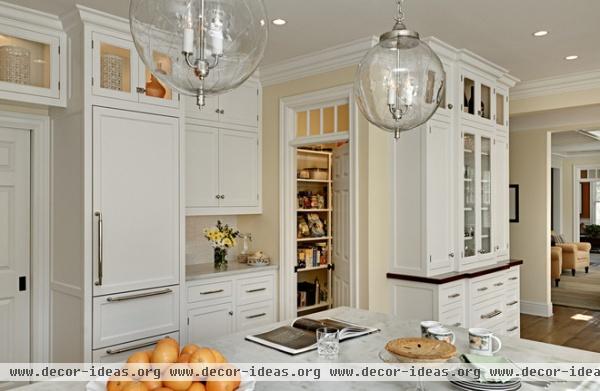
Let's start with your space needs. If you are a big cereal-eating, canned-food-loving family, it might behoove you to dedicate space for a walk-in or closet-like pantry.
The placement of such a pantry will be dictated by where you can carve out the space. But what if you don't have this sort of room?
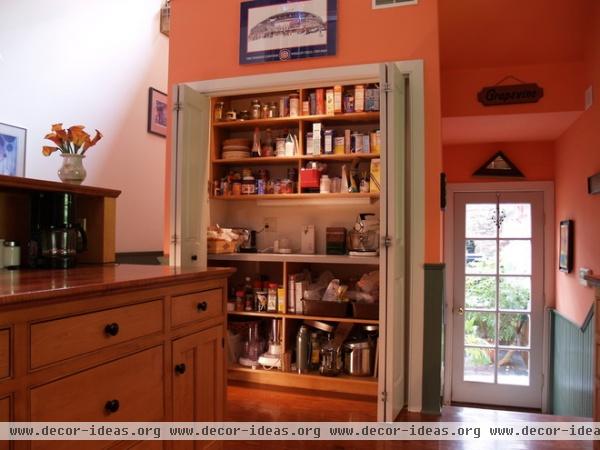
Finding room in the space you have. Space limitations may force you to create a smaller, more efficiently designed pantry in a different spot.
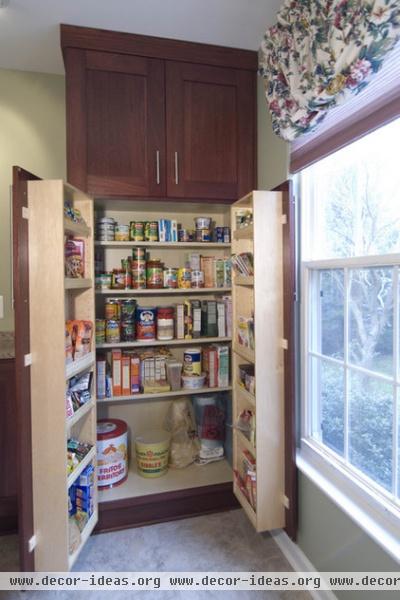
Compromising position. Keep in mind that a renovation often offers fewer choices for pantry placement than building new. This is because a renovation generally has to work within existing parameters, whereas new construction tends to have more wiggle room with measurements and wall placement.
Thus, a renovated kitchen may require more compromise when it comes to pantry placement.
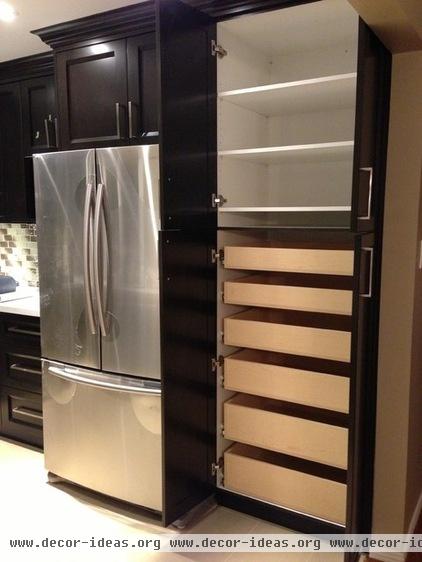
Translation: You might want a walk-in pantry, but if it means not having a full-size refrigerator, you'll probably want to settle for a smaller pantry, perhaps within a cabinet.
Some of the best cabinet pantries are located next to the fridge, sink or range.
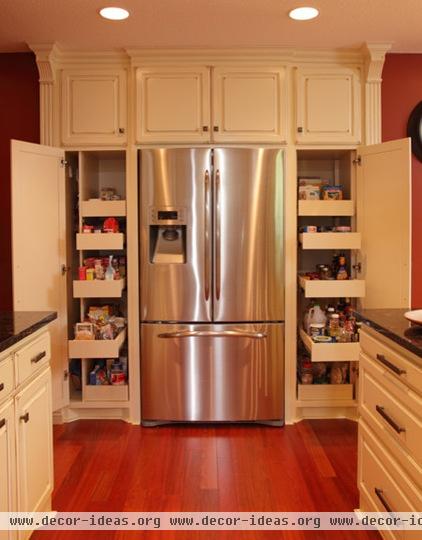
Think outside the single pantry. You may have convinced yourself that your pantry needs to be one space. In fact, you may be happier having multiple pantries dedicated to different food items.
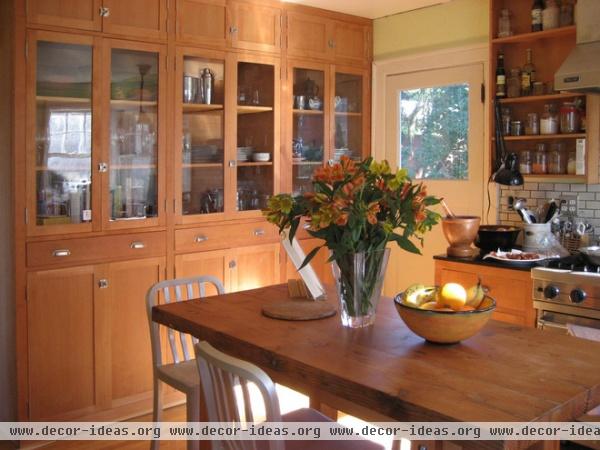
Going back to Crisp's chicken test, choose locations where you can most easily access flour, spices and the like while keeping a hand near that bird.
"I wouldn't put my spices or immediate flour, stock and oil needs in a walk-in pantry," Crisp says. "I prefer to keep that sort of stuff in a cabinet right next to my stove. I'd save the walk-in pantry for the extra flour sacks, speciality items and seldom-used appliances."
An upper cabinet, exposed or not, next to the cooktop may be the best bet for one of your multiple pantry locations.
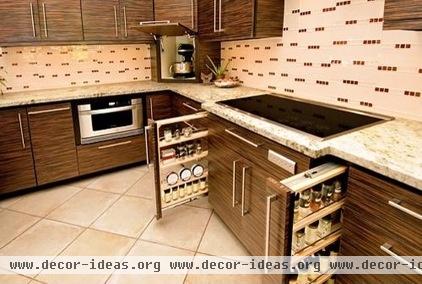
Lower rollout spice pantries may serve you better flanking the cooktop, depending on your height and cooking style.
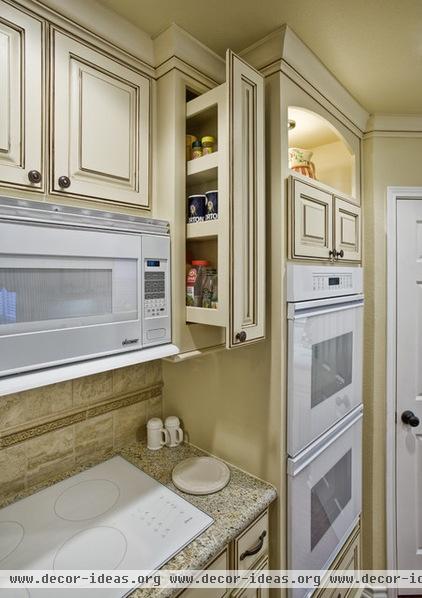
Rollout cabinets between the cooktop and ovens let you access immediate ingredients exactly when and where you need them most.
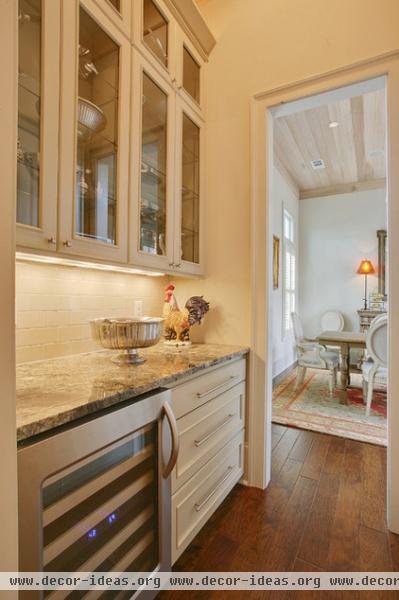
What's your pantry M.O.? Think carefully about how you will really use a pantry, and if you'll want plenty of room for storing small appliances, wine and serveware.
If you're considering adding a butler's pantry, which could also be a serving station, you'll need to place it in a location that's accessible but doesn't mess with the kitchen's primary functions.
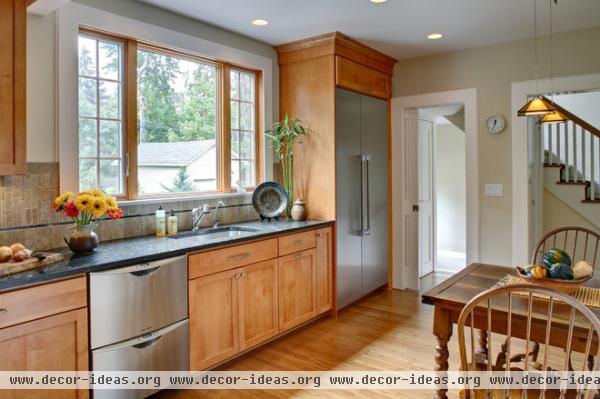
When you're incorporating a pantry into a universal-design kitchen, doorways and distances between cabinets need to be larger, to allow for turning radii. This may reduce the available pantry space.
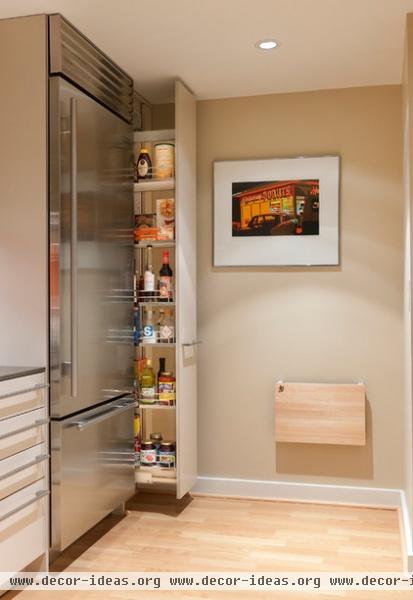
Beyond those criteria, a universal-design pantry is best placed in cabinets in close proximity to the prep and cooking area, at just the right height and with rollout features.
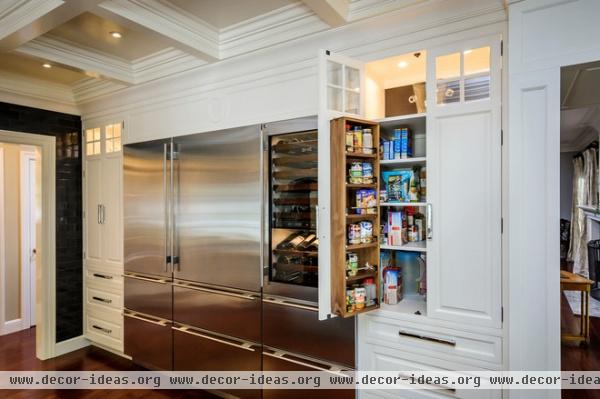
Though there is no one perfect pantry placement for all kitchens, there is a good spot somewhere in yours. It's just a matter of strategic planning and compromise.
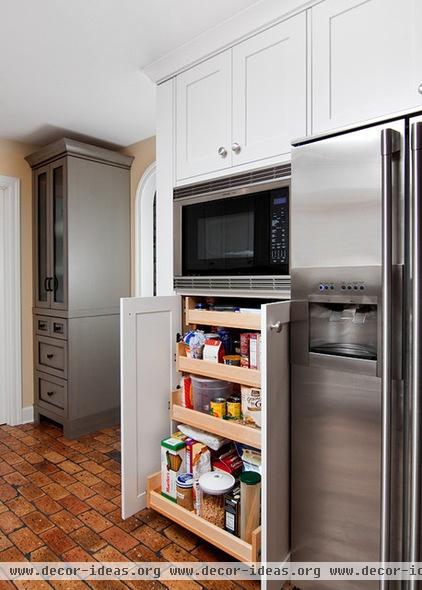
Tell us: Where is your pantry, and is it working for you?
Related Articles Recommended












